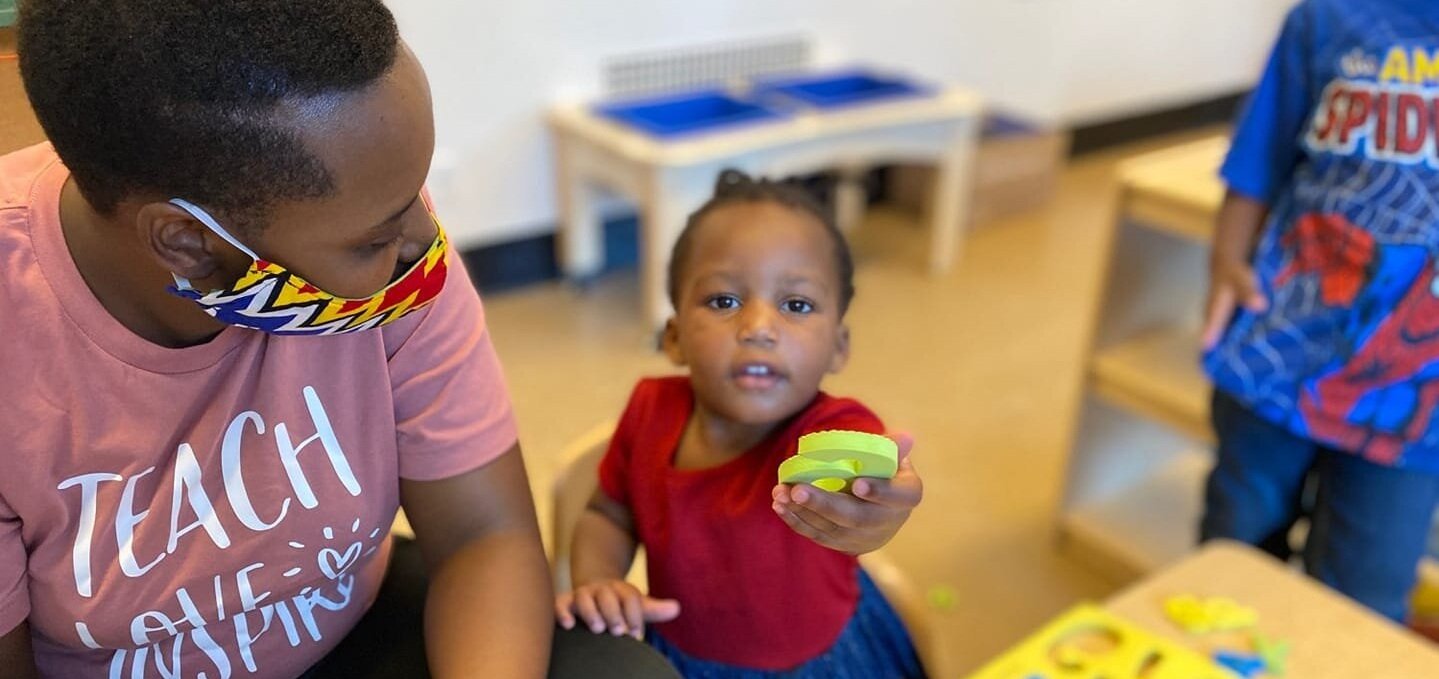Culturally and Linguistically Responsive Early Childhood Education
Hands Connected
Multicultural Early Childhood Education
Half of the refugee population in West Michigan comprises children, all of whom are English learners or live in a dual-language home. Quality early learning opportunities are necessary to ensure refugee children are developmentally on track and ready for kindergarten with their American-born peers, ensuring they do not fall behind early in life.
Providing Essential Childcare
Additionally, early employment for adult refugees new to the community is vital to the family’s financial stability and long-term integration. This requires parents to quickly enroll in English classes, job training, and finally, employment, making childcare essential and urgent.
To meet these needs and provide high-quality, culturally and linguistically responsive early childhood education for refugee children ages 0-5, the Refugee Education Center developed Hands Connected in 2017.
Economic Opportunites for Refugees
The Hands Connected program also creates economic opportunities for refugees, primarily women, to pursue careers in education via direct employment at the center and through the network. It also supports those who are learning or working elsewhere by providing the quality childcare needed during the day.
The Refugee Education Center is proud to support the economic integration, economic stability, and future economic prospects of our new neighbors, thereby impacting the economic outlook of the region at large.
Meeting Language and Cultural Needs
Center-based educators are also of refugee background. Each educator teaches in at least two languages - a native language(s) and English. This way, children are prepared to enter kindergarten along with their American-born peers, as well as develop their home languages to retain the ability to communicate with parents and caregivers.
To create a non-segregated learning environment, we seek to keep program enrollment to a ratio of 60 percent refugee children and 40 percent non-refugee children.




